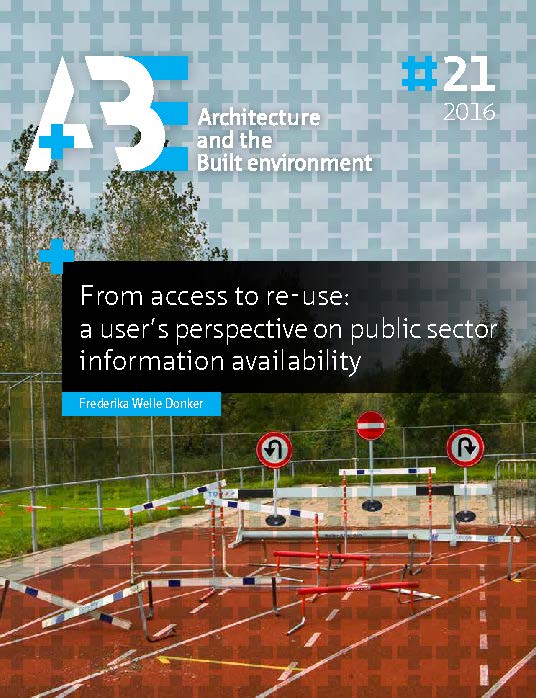Public sector geo web services
Which business model will pay for a free lunch?
Keywords:
geographic information, public sector web services, business models, financial models, revenue modelsAbstract
Geo-information (GI) is increasingly having a bigger impact on socio-economic benefits. Over the last decade, use of GI has shifted from a specialised GIS niche market to serving as a direct input to planning and decision-making, public policy, environmental management, readiness to deal with emergencies, creation of value added products, citizen mobility and participation, and community platforms. The emergence of Google Earth and Google Maps has created a geo-awareness and has catalysed a thirst for custom-made geo-information. Governments possess, often high-quality large-scale GI, primarily created, collected, developed and maintained to support their public tasks. This rich source of GI begs to be used and reused both within the public sector and by society. Both the INSPIRE Directive (2007/02/EC) and the Directive on re-use on Public Sector Information - the so-called PSI Directive - (2003/98/EC) underwrite the philosophy of “collect once, reuse many times”. Web services are an effective way to make public sector geo-information available. They allow information to be accessed directly at the source and to be combined from different sources. However, the costs of web services are high and revenues do not always cover the costs. Assuming that there is no such thing as a free lunch related to public sector GI (Longhorn and Blakemore, 2008), which business models and which financial models form the basis for public sector geo web services? This article explores the different models currently in use and illustrates them with examples.


